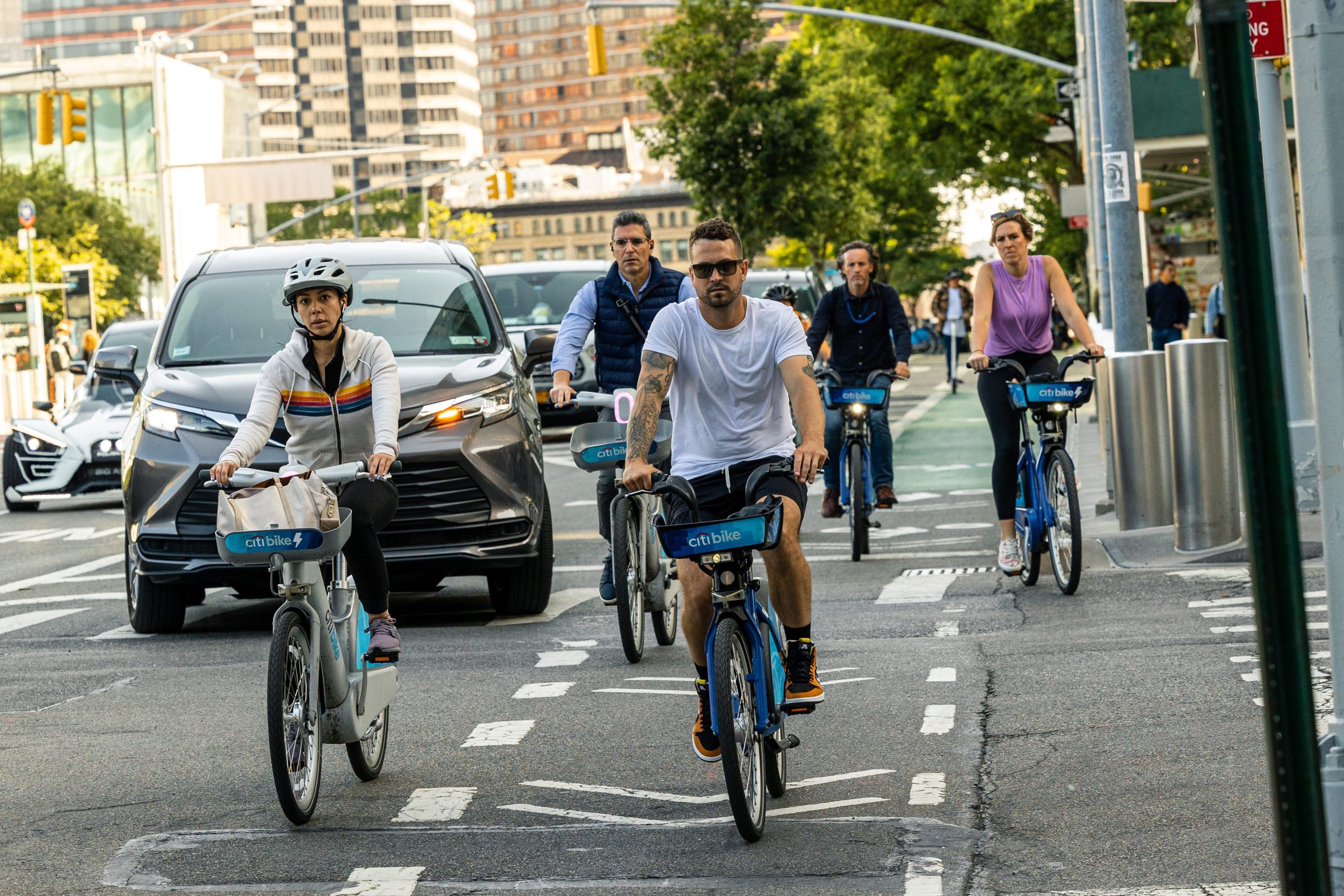Yesterday, Council Member Brad Lander introduced a bill that would require DOT, in consultation with the MTA and the public, to create a citywide master plan for developing Bus Rapid Transit.

The bill, if enacted, would require the agency to submit a plan to the City Council, borough presidents, and community boards within two years. At a minimum, the plan must:
- Identify areas of the city in need of better access to transit
- Designate "priority corridors" within and between boroughs that can have BRT within 10 years
- Identify strategies for connecting BRT to existing and planned transit services, including ferries
- Estimate capital and operating costs for each BRT route
The plan does not have to be updated on a regular basis, but Lander is open to future modifications.
Although City Council members and mayoral candidates alike profess enthusiasm for BRT, upgrading the city's bus network faces major hurdles. So far, the Select Bus Service program has attracted new riders and shaved trip times, but without any physically-separated or center-running busways, the routes don't qualify as "true BRT" as defined by the Institute for Transportation and Development Policy.
SBS has rolled out at a pace of about one route per year. While two routes in the Bronx have been implemented with strong local backing, crosstown routes in Manhattan were either watered down (on 34th Street) or cancelled (on 125th Street) after facing pushback from businesses and local politicians. Meanwhile, flashing lights on SBS buses -- which help riders tell them apart from local buses -- remain dark due to Albany inaction.
While the MTA signaled its commitment to continuing the rollout of enhanced bus routes by releasing an updated "phase two" SBS map this week, it's an open question whether the next administration's DOT will be committed to the heavy lifting required to reallocate road space for dedicated busways.
Lander's bill is modeled on the 2008 law that required the Department of City Planning to create a comprehensive waterfront plan, and he cited the Solid Waste Management Plan as another successful model for this bill. "In general, the city would be better served by more systems-level infrastructure planning," he said. Unlike many cities, New York does not have a comprehensive citywide plan that links land use, transportation, and other key issues. Even the city's bike master plan was last updated in 1996.
Lander is confident the city will continue to make progress on bicycling despite lacking a comprehensive plan, but for BRT, he thinks the future is less certain. "On bike infrastructure, this administration has done enough that the path forward has been given a very strong push," he said. "On BRT we don't have that momentum yet."





